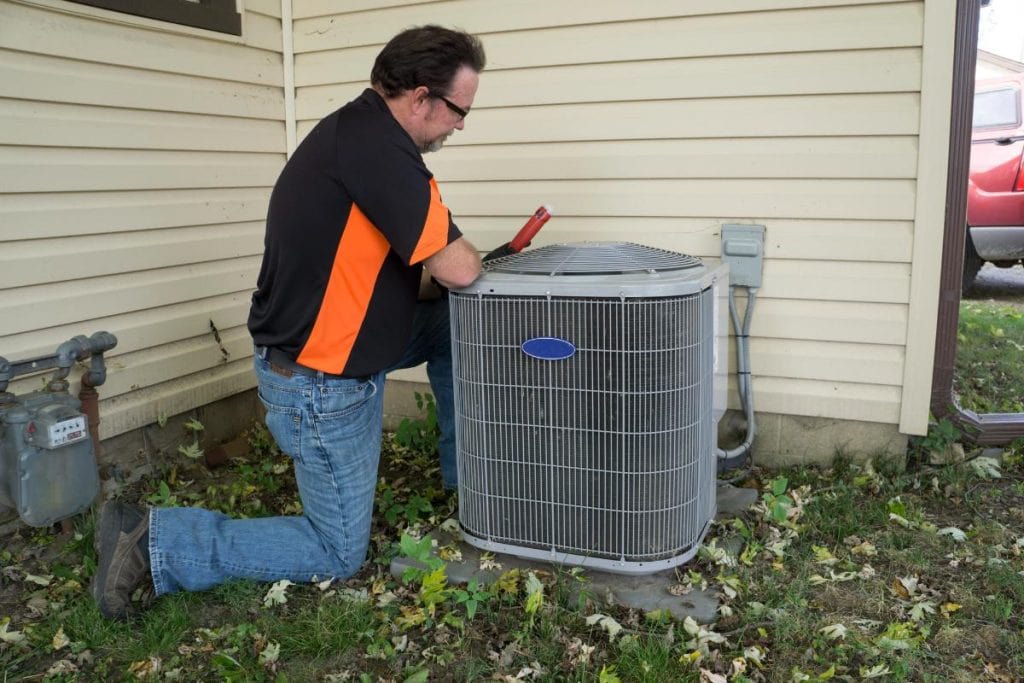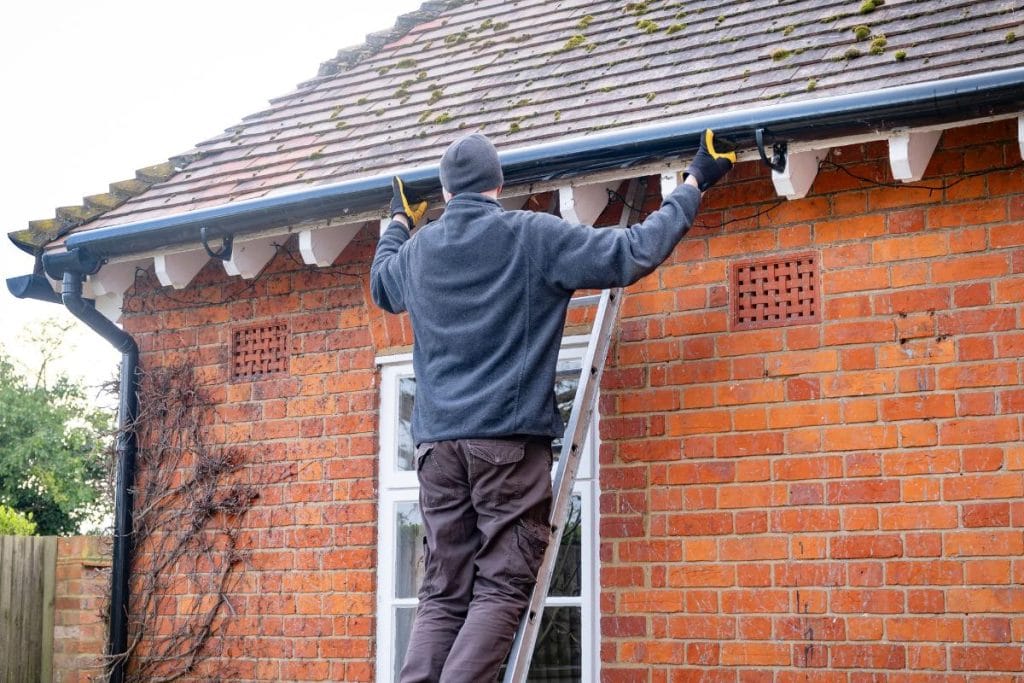Opening your monthly bills or facing an unexpected home repair can make any homeowner cringe. From seasonal HVAC tune-ups to water heater maintenance, the costs of home ownership add up quickly. But here’s the silver lining: you can slash these expenses significantly through smart, proactive maintenance.
Most homeowners wait until something breaks before taking action. By then, you’re looking at emergency service fees and possibly major repairs or replacements. The truth is, many costly home repairs start as minor issues that, if caught early, would have been simple and inexpensive to fix. Think of home maintenance like your car’s oil changes – skip them, and you’ll eventually face much bigger problems.

What many people don’t realize is that regular maintenance not only prevents breakdowns, but it extends the life of your home’s systems, improves energy efficiency, and helps maintain your property value. Even better, many important maintenance tasks are simple enough to handle yourself, requiring just a few basic tools and some weekend time.
Let’s walk through 8 practical ways you can protect your home investment while keeping more money in your pocket.
Regular HVAC System Check-ups
Your heating and cooling system works hard all year long, and paying attention to it pays off. Change your air filters every 1-3 months – it’s a simple task that keeps your system running efficiently. Replacing the hvac parts might cost you $100-200 annually, but compare that to a full system replacement at $5,000-10,000. Plus, a well-maintained system uses less energy, cutting your monthly bills. Schedule professional check-ups twice yearly, ideally in spring and fall.
Smart Water Management
That dripping faucet isn’t just annoying – it’s costing you money. A single leaky faucet can waste thousands of gallons yearly, pushing up your water bill. Replace worn washers and fix leaks as soon as you spot them. Installing low-flow fixtures in bathrooms and kitchens can cut water usage by 30-50%. Walk around your house monthly to check for water spots or musty smells that might signal hidden pipe leaks.
Regular Gutter Maintenance
Clean gutters prevent expensive problems. When leaves and debris pile up, water can overflow and damage your foundation – a repair that could cost thousands. Set a reminder to clean your gutters in spring and fall. If you’re comfortable on a ladder, you can do this yourself. If not, professional cleaning typically costs $100-200, much less than fixing water damage or foundation issues.

Strategic Landscaping
Your yard can be a natural money-saver. Plant deciduous trees on the south and west sides of your home – they’ll shade you in summer and let sun through in winter. Choose native plants that need less water and maintenance. A 2-3 inch layer of mulch around plants keeps moisture in and weeds out, reducing water needs and maintenance time.
Weatherproofed Windows and Doors
Small drafts lead to big bills. Check your windows and doors annually for air leaks. Hold a lit candle near frames (when it’s not windy) – if the flame flickers, you’ve found a leak. New weatherstripping costs just a few dollars but can save up to 15% on heating and cooling costs. Caulk gaps around windows and add door sweeps to stop drafts.
Timely Roof Inspections
Your roof silently protects your entire home. Check it twice yearly and after major storms. Look for curled, cracked, or missing shingles from the ground using binoculars. Small repairs might cost $150-400, but letting problems go can lead to leaks and structural damage costing thousands. A well-maintained roof can last 25-30 years instead of 15-20.
Appliance Maintenance
Keep your appliances running longer with simple upkeep. Pull your refrigerator out twice yearly to vacuum its coils – this can reduce energy usage by up to 30%. Clean your dryer vent annually to prevent fires and cut drying time. Empty dishwasher filters monthly. These small tasks add years to appliance life and reduce energy costs.
Smart Thermostat Programming
Your thermostat settings directly impact your wallet. Program temperatures 7-10 degrees lower when you’re asleep or away. Each degree of adjustment saves about 2% on your heating bill. While smart thermostats cost $150-300 upfront, they can save $50-100 annually. They learn your schedule and adjust automatically, making saving effortless.
The time you spend on home maintenance pays off in lower bills and fewer emergency repairs. Create a maintenance calendar and set phone reminders for regular tasks. Even if you can only tackle a few items from this list, you’ll see the difference in your monthly expenses. Remember that most home systems work together – taking care of one often helps another. Keep these tips handy, and you’ll be amazed at how much you can save over time.
